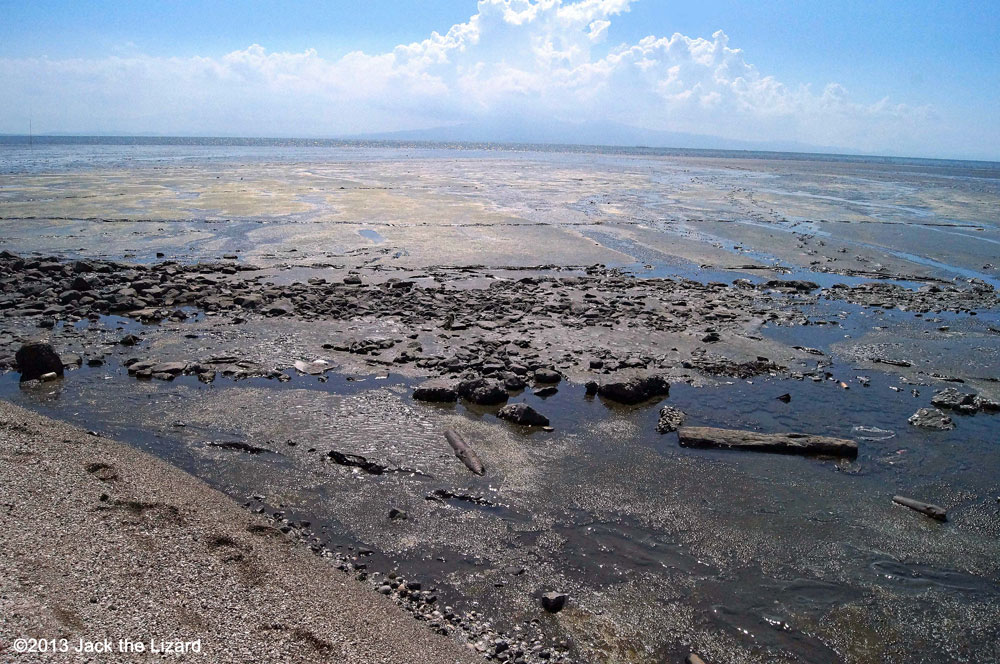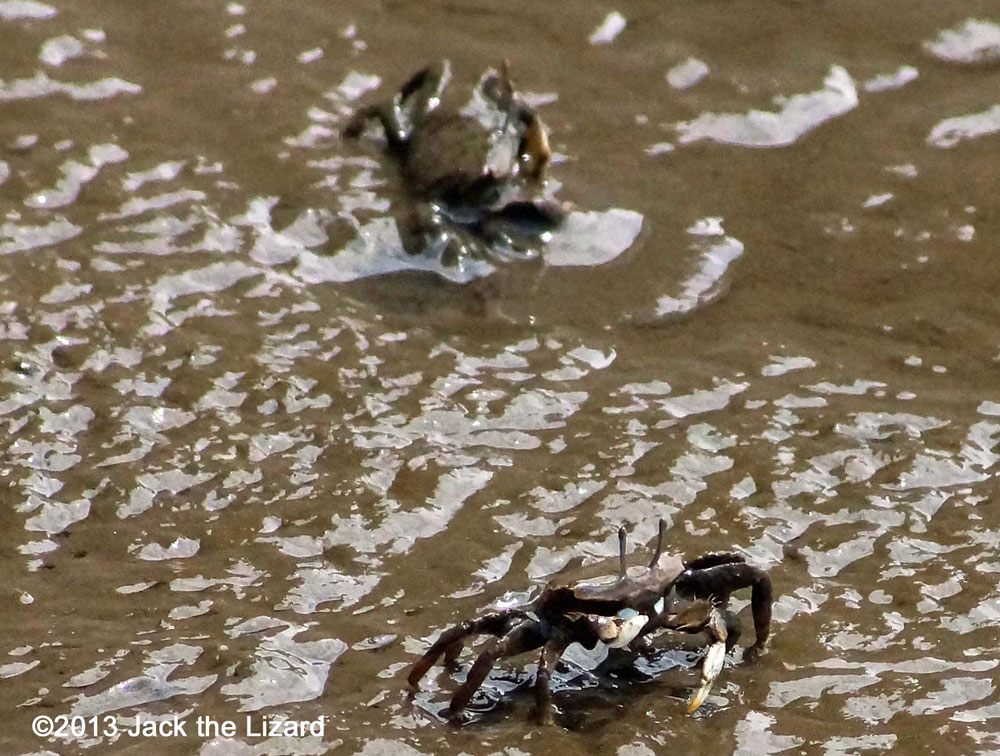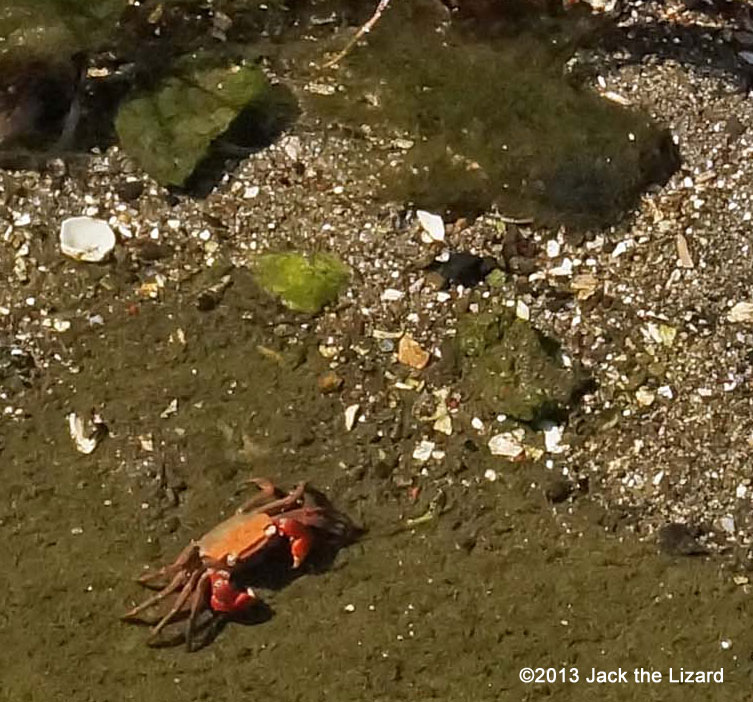
|
|
|
|
|
Jack the Lizard is on YouTube |
Mudflats are Not useless
|
Mudflats are found in coastal area. Usually rivers and coastal currents create mudflats with supplying mud and sands. When the period of high tide mudflats are submerged into water and exposed to the air during the low tide. Thus mudflats are also known as tidal flats or coastal wetlands. At a glance mudflats are barren useless wetlands, but actually they are very important ecosystem. So many animals, plants and other creatures are sustained by mudflats and they reciprocally support the environment of mudflats. |

Arao-Higata
|
|
|
Last year Arao-Higata(Arao mudflat) was designated a Ramsar Site. It is located at Kumamoto prefecture in Kyusyu, Japan. It is especially important place for migratory birds. |
||

Bladder Moon Snail
Bladder moon snails range from East Asia to South Asia. They prey on saltwater clams.
|
Microscopic algae and bacteria are the first producers. They turn nitrogen and sulfur existing in the surface of mud into organic material. Then worms, snails and crustaceans eat those organic material, bacteria and microscopic algae. When sea water covers mudflats sharks, skates and other fish move into mudflats to eat those animals. When the surface emerged, birds appear and pick up mollusks such as clams and octopi and crustaceans. Humans also take benefits of mudflats. Many of sea food such as shrimps, crabs, clams and oysters are from mudflats. Mudflats are Not empty at all! |

Mutugorou are the largest species of mudskipper in Japan. Maximum size is up to 8inches (20cm). They live on mudflats of Ariake kai (Ariake Sea) in Kyusyu, Japan. In early summer males compete with each other over females. They are consumed by local.
|

Shuttles hoppfish or Japanese Mudskipper, it is smaller than Mutugorou about 3inches (8cm).
|

Midori syamisen gai is one of species of lingula which is considered a living fossil.
|

Chigo gani (IIyoplax pusilla) live on mudflats of Japan and Korea. They eat detritus which is the remains of dead planktons or animals. Therefore they have important role as decomposer and cleaner in a mudflat. Burrowing activity of them is also significant with providing more space for other animals on a mudflat.
|
Land protector
|
Since salt water cover the surface periodically, few plants such as eelgrass and common reed can survive on mudflats. However it is important to maintain mudflats to protect land from erosion and tsunami. Usually mudflats extensively spread over at river estuaries and bay area. Mudflats absorb the force of tsunami and work as the buffer zone against erosion. Additionally mudflats function as the cleaner. Sometimes human activities such as agricultures and industries drain too much chemical substances out into rivers. For phytoplankton those substances which flow into the sea through rivers are nutrients. Phytoplankton thrives with those nutrients and zooplankton as well, but they also consume much oxygen dissolved in sea water. Then they were suffocated with lack of oxygen and fish also. If there is mudflat between rivers and sea, the situation will be entirely different. Since mudflat and its residence filter out those substances, rivers pour clean water into the sea. |

Red-clawed crabs live in East Asia. Although they adapt to life on the land, they are also found at a mudflat and coast.
|

Black-faced Spoonbills are found in East Asia. They are endangered species in IUCN Red list. Many of migratory birds depend on mudflats in which they feed on and stay during the winter.
|
|
The Ramsar Convention is an international treaty for the protection and conservation of wetlands. The convention became effective in 1975. People finally realize the importance of wetlands. However mudflats need more people to preserve their environment. |